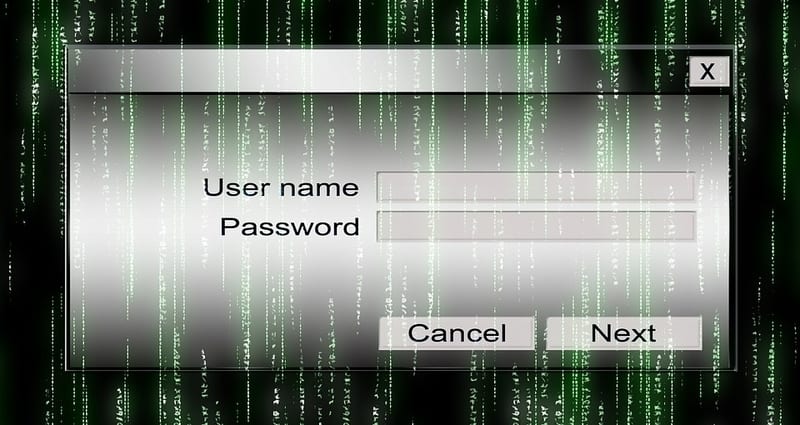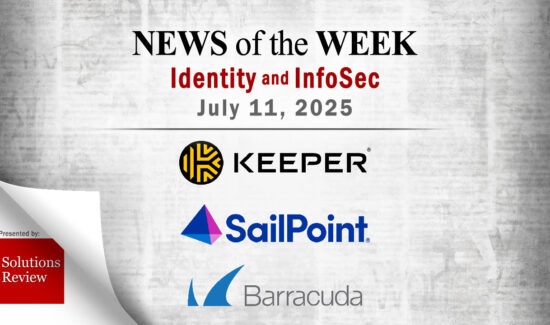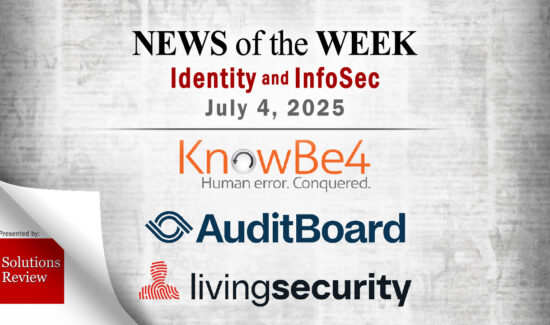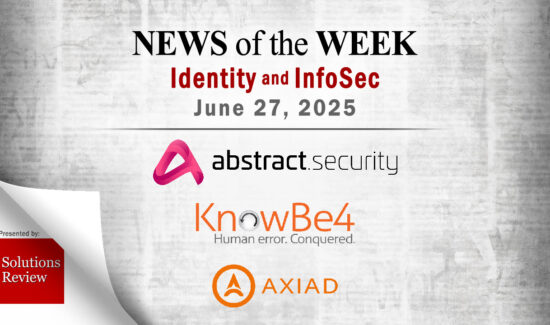Why Step-Up Authentication Matters to Modern Cybersecurity


What is step-up authentication? Why does it matter to modern cybersecurity? What can it offer your business?
One of the great challenges facing identity and access management solution providers concerns the balance between workflows and security. On the one hand, there isn’t a business alive that doesn’t value efficiency, speed, and profitability (often stemming from the other two qualities). On the other hand, speed and “efficiency” often fly in the face of strong cybersecurity policies. Workarounds, password sharing, and authentication that emphasizes speedy logins rather than security all contribute to a weaker digital perimeter.
But what if your enterprise didn’t need to choose? What if it could have both? It isn’t as preposterous as it sounds. This is the domain of step-up authentication. Here’s what it is and what it can do.
Why Step-Up Authentication Matters to Modern Cybersecurity
In most authentication schemes, when users input their credentials, they instantly receive access to all of the databases, applications, and resources they have permission to use. In Single Sign-On environments, this applies doubly. However, this means that hackers only have to ultimately bypass one security check to gain complete access to your network.
This remains true even with multifactor authentication (MFA); although multifactor authentication is much stronger than password-only authentication, sufficiently motivated hackers can eventually find a way to beat the login security. MFA may deter most, but not all, attackers.
Some enterprises try to solve this challenge by deploying continuous monitoring. This certainly can work, but it requires time to implement optimally, as the capability learns the baseline behaviors of users. However, there is another tool enterprises could employ: step-up authentication.
Step-up authentication allows users to log in with only a basic credential, perhaps even with just a password. As a trade-off, that same system only allows users access to the most basic of resources initially. If the user wants to access more sensitive databases or applications, then they must provide more authentication factors.
Hence the “step-up” part of the name.
Step-up authentication balances cybersecurity and workflow efficiency by only asking for more complexity in authentication with the equivalent complexity of the access request.
Learn more in our Buyer’s Guide or in the Solutions Suggestion Engine. The Engine matches enterprise use cases with self-created vendor profiles, finding the top 3 solution candidates in a matter of seconds.




















